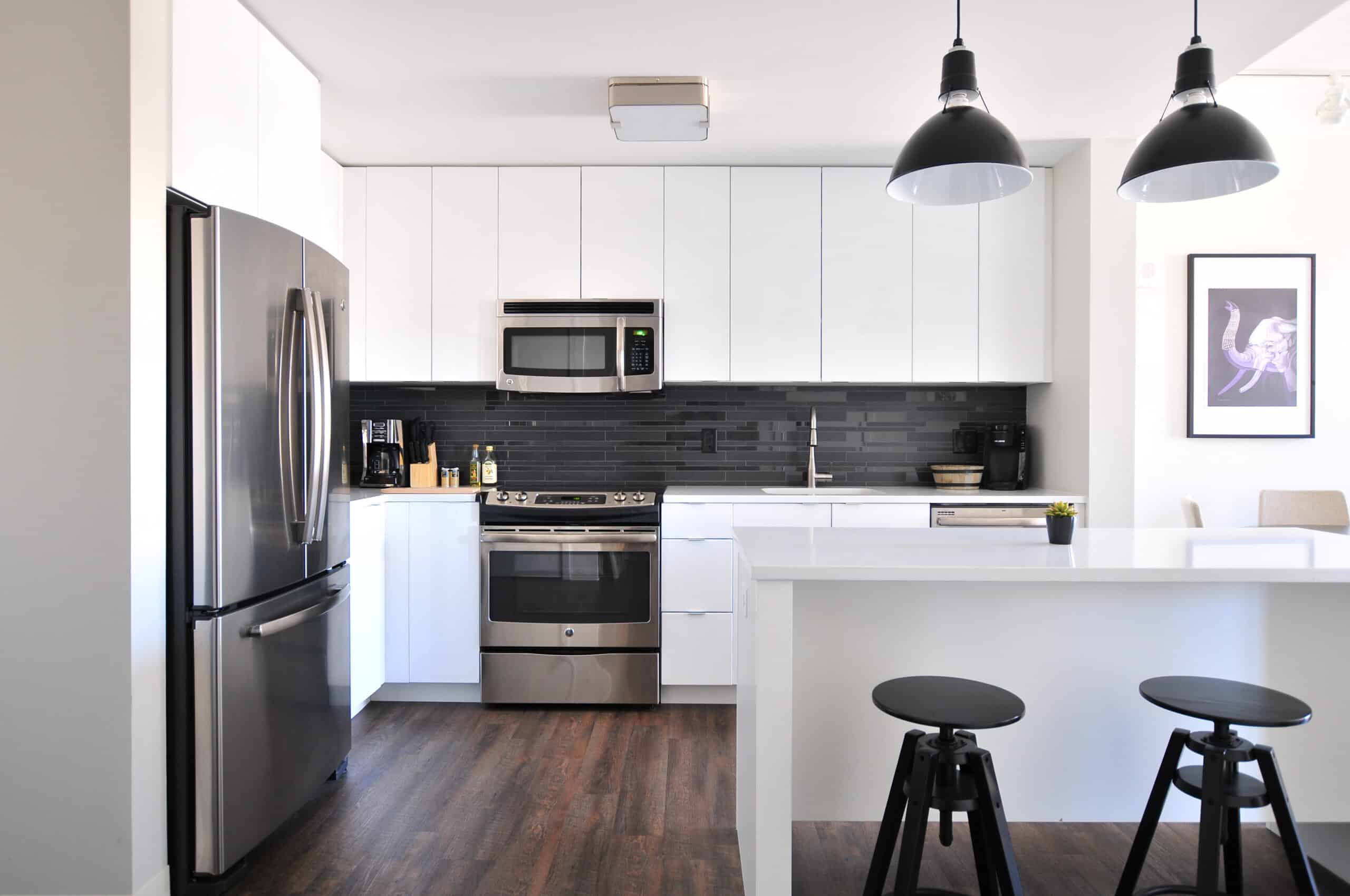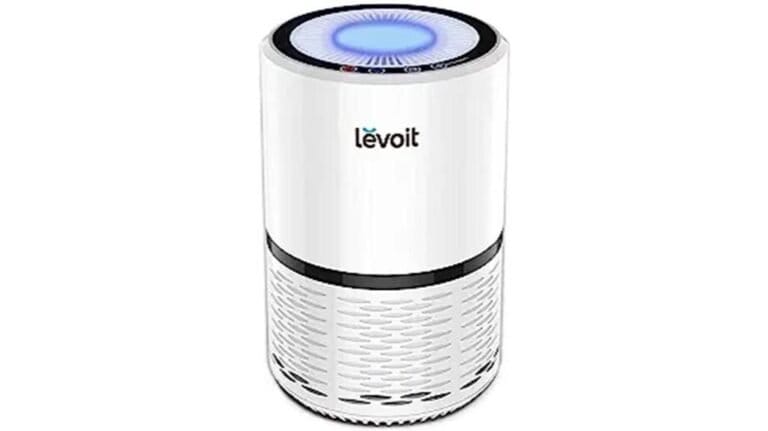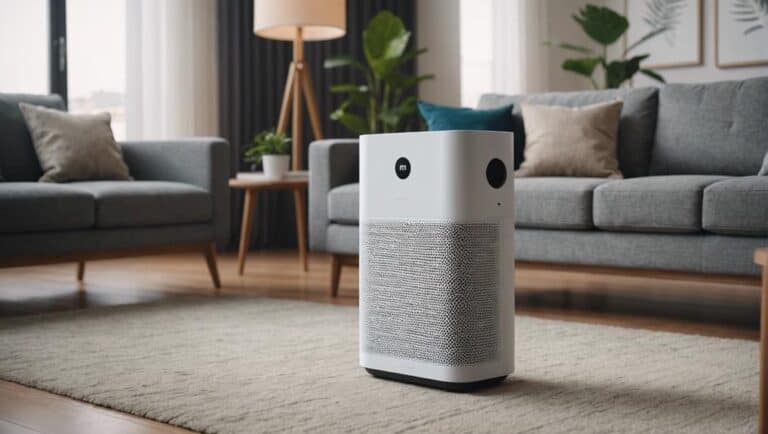how to make ac colder in house
During the summer months, coming home to a hot house can be an unbearable experience. As temperatures continue to rise across the globe, keeping your living space cool and comfortable is becoming increasingly important. However, running an air conditioner all day can rack up energy bills and harm the environment.
If you’re looking for ways to make your home’s AC system work more efficiently and effectively without breaking the bank, this article will provide you with practical tips on how to make your AC colder in no time. Whether you’re a homeowner or renter struggling with high temperatures in your house, read on to discover how small changes can have big impacts on climate control in your living spaces.
Maximizing Airflow: Tips on Improving Air Circulation in Your Home
If you’re looking to maximize airflow in your home and keep the temperature down during the hot summer months, there are a number of simple yet effective tips to follow. One of the key things to consider is how air circulates around your living space. Ensure that all vents and registers are open and free from obstructions such as furniture or curtains. This will allow for maximum airflow throughout your home.
Another important factor is minimizing heat gain in your living area. This means taking steps to seal any leaks or drafts that may be allowing warm air into your home while keeping out cool air conditioning. Simple fixes such as weather-stripping doors and windows can help prevent loss of coolness, improve efficiency, and ultimately make it easier to maintain a comfortable indoor climate without overreliance on AC systems.
By implementing these easy-to-follow suggestions, you can significantly improve your living conditions while cutting down on energy costs during those scorching summer days – so try them out today!
Adjusting Your Thermostat: Finding the Perfect Temperature for Your AC
As the heat index continues to climb during summer, finding the perfect temperature for your AC can be a challenging task. Running an air conditioner all day long is not only expensive but also harmful to our environment. Therefore, it’s important to know how you can use less energy while still maintaining comfortable indoor temperatures. One easy solution is adjusting your thermostat settings.
Most experts agree that setting the thermostat at 78℉ (25℃) when you’re home and raising it even higher when no one is inside or at night time would result in significant savings on utility bills without sacrificing comfort levels. Additionally, using a smart or programmable thermostat allows you to adjust temperatures remotely from anywhere using just an app, making sure your house remains cool right before return later in the day.
Regular maintenance checks are another critical step in ensuring that your HVAC system works efficiently throughout its lifespan. Consider having a professional tune-up of your units once every year before summertime knocks; this will help prevent costly repairs down the line and make sure everything runs smoothly so that maximum cooling performance could be achieved with minimum energy use possible!
Cleaning Your AC Unit: How to Keep Your AC Working at Optimal Capacity
Cleaning your AC unit is essential in keeping it working at optimal capacity. A dirty air conditioner can reduce its efficiency and make your home feel warmer than desired, leading to higher energy bills. To ensure that your AC unit is operating correctly, start by checking the filter and cleaning or replacing it as needed. Clogged filters block airflow, making the system work harder to cool down the space.
Additionally, clean any debris around the outdoor compressor unit regularly. Twigs, leaves and other materials can collect outside of your system over time preventing proper airflow through its coils. Along with dirt buildup within indoor units from everyday usage needs cleaning as well for optimum performance; this can be done by gently brushing or vacuuming visible interior parts when power has been turned off completely; otherwise untrained experience attempts may cause irreversible damage increasing maintenance or replacement in worst cases scenario.
Taking these simple steps will help keep your air conditioning running smoothly all summer long, without harming the environment or breaking the bank on energy costs!
Insulating Your Home: Preventing Heat from Entering Your Living Space
One effective way to keep your living space cool and comfortable during hot summer months is to insulate your home. Preventing heat from entering your home can reduce the need for excessive air conditioning, saving both money and energy. Insulation works by providing a thermal barrier between the outside environment and inside of your home, helping to maintain cooler temperatures within.
Adding insulation to your attic or walls can be a straightforward process that requires minimal effort but yields significant results. Additionally, sealing doors and windows can also help prevent heat from seeping in, further reducing the workload on your AC system. By taking these steps towards insulation, you’ll not only make your house more comfortable but also contribute positively towards protecting the planet from harmful emissions accruing from excessive energy use.
Utilizing Shading Techniques: Keeping Your Home Cool Without Overworking Your AC
During the hot summer months, keeping your home cool is crucial for comfort and productivity. However, continuously running an air conditioner can put a significant strain on both your bank account and the environment. Utilizing shading techniques can help keep your home cooler without overworking your AC system. By using blinds or curtains to block out direct sunlight during peak heat hours, you can reduce the temperature in your living space dramatically.
You can also consider adding outdoor shading devices such as trees or awnings to prevent direct sunlight from entering through windows and doors. Additionally, sealing any gaps around doors and windows will prevent warm air from seeping into the home while allowing cold air to stay inside longer. These steps not only help lower energy costs but are also sustainable solutions that protect our planet’s resources without sacrificing comfort in our homes during high temperature seasons.
Upgrading Your AC: Investing in a More Energy-Efficient System
Upgrading your AC system to a more energy-efficient model can save you money on monthly utility bills while also reducing your carbon footprint. Look for air conditioning units with higher SEER (Seasonal Energy Efficiency Ratio) ratings, as they are more efficient in converting electricity into cool air. Additionally, consider investing in a programmable or smart thermostat that can optimize energy usage based on the temperature and occupancy of each room.
To maximize your AC’s efficiency, make sure it is regularly maintained and cleaned by a professional technician. This includes replacing filters every few months to improve airflow and prevent dust from building up inside the unit. Additionally, sealing any leaks or gaps around windows and doors helps prevent hot air from entering your home, making it easier for your AC to keep you cool. By taking these steps towards upgrading your AC system, you can enjoy a cooler home without sacrificing comfort or running up unnecessary expenses.
Supplementing Your AC: Alternative Cooling Methods to Lower Your Energy Bills
During the summer, running an air conditioning system can put a significant strain on your wallet. However, there are alternative methods to supplement your AC and reduce energy bills. One of these is shading your windows with curtains or blinds to block out the sun’s heat and light during the hottest parts of the day.
Another strategy is to use a fan in conjunction with your AC. Positioning a fan near an open window (preferably at night when cooler air flows) helps circulate cool air throughout your home faster than relying solely on an AC unit. Additionally, keeping doors closed in unused rooms reduces space that requires cooling.
Ultimately, combining various alternative methods allows you to maximize efficiency while minimizing energy costs – without sacrificing comfort during long hot summers.







One Comment